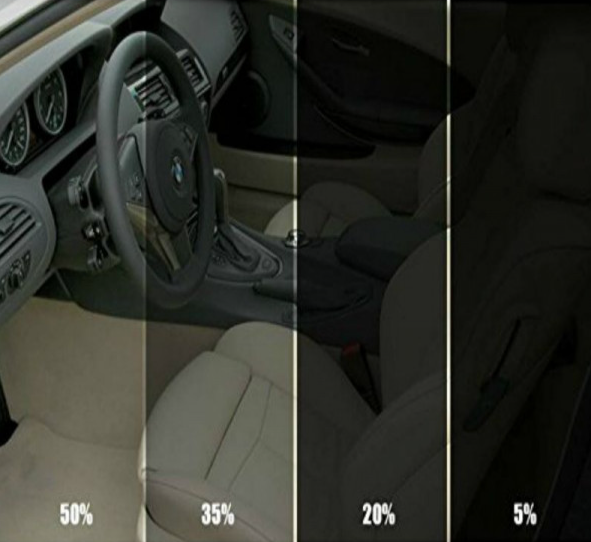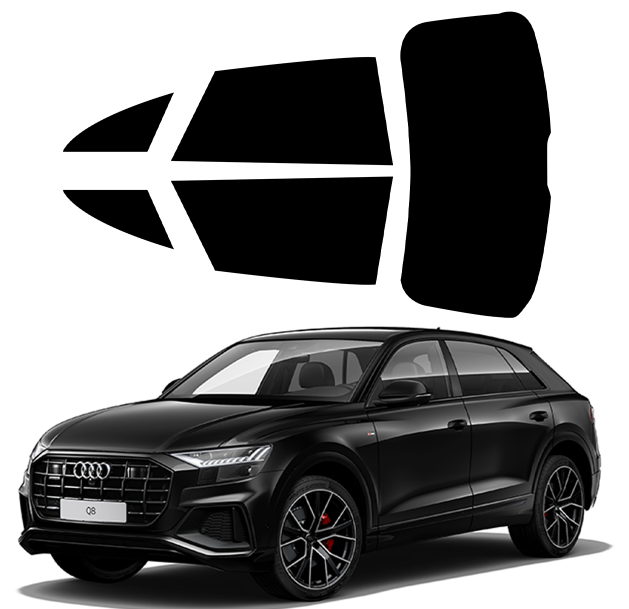Window tinting
Glass tinting, also known as window tinting or window tinting, is a technique that involves applying an adhesive film to the windows of a vehicle to reduce transparency and filter sunlight. One of the main benefits of window tinting is protection from sunlight and UV radiation. The tinting film significantly reduces the entry of light into the passenger compartment, decreasing interior heat and improving driving comfort, especially in the summer months. In addition, the film filters out up to 99% of ultraviolet rays, protecting the vehicle interior from wear and fading caused by prolonged sun exposure.
The degree of transparency in car window tinting is a key parameter governed by specific regulations that vary from country to country. This degree, also known as VLT (Visible Light Transmission), represents the percentage of visible light that can pass through the film applied to the glass. A lower VLT value indicates a darker film, which allows less light to pass through, while a higher value indicates a lighter film.
The moulded shape of car window tinting refers to the way in which window tinting films are cut and shaped to fit the specific windows of the vehicle. Each car window has a unique shape, with particular curves and angles, and to ensure a precise and flawless application, the films must be pre-cut or shaped exactly to the size and characteristics of the windows.



